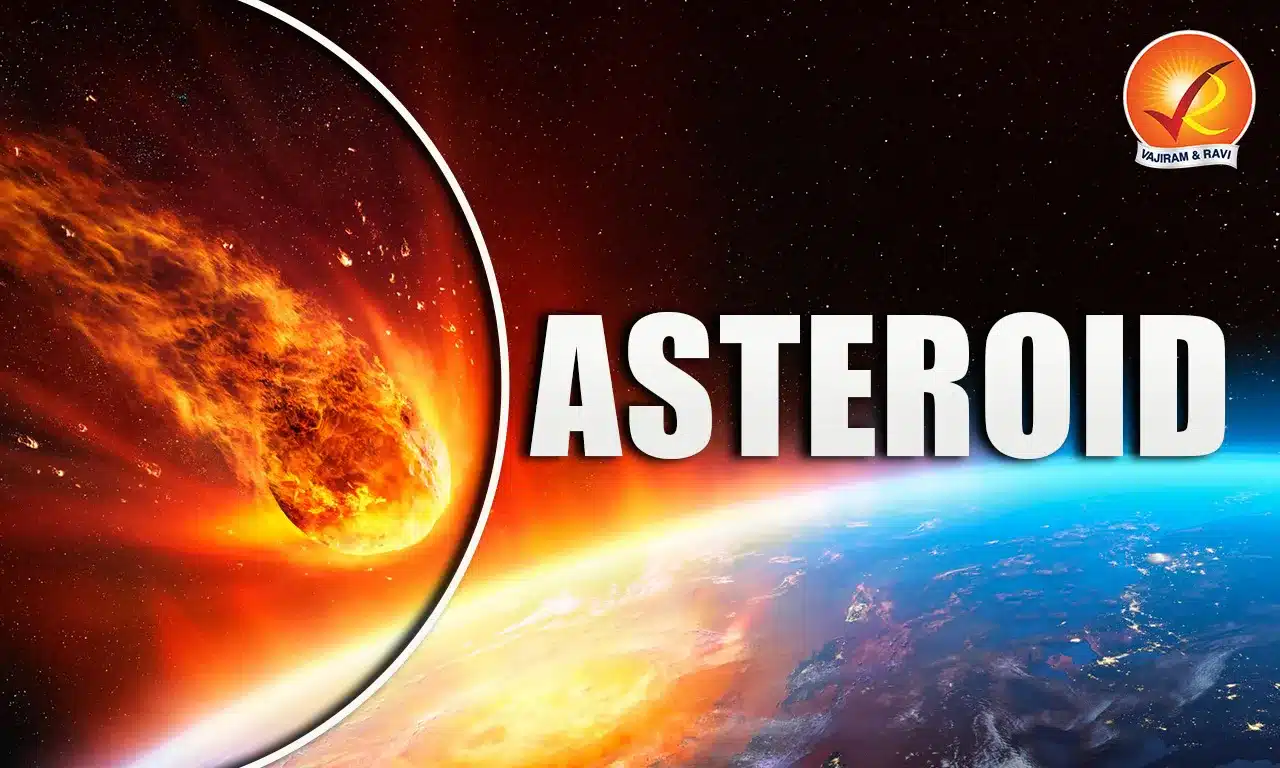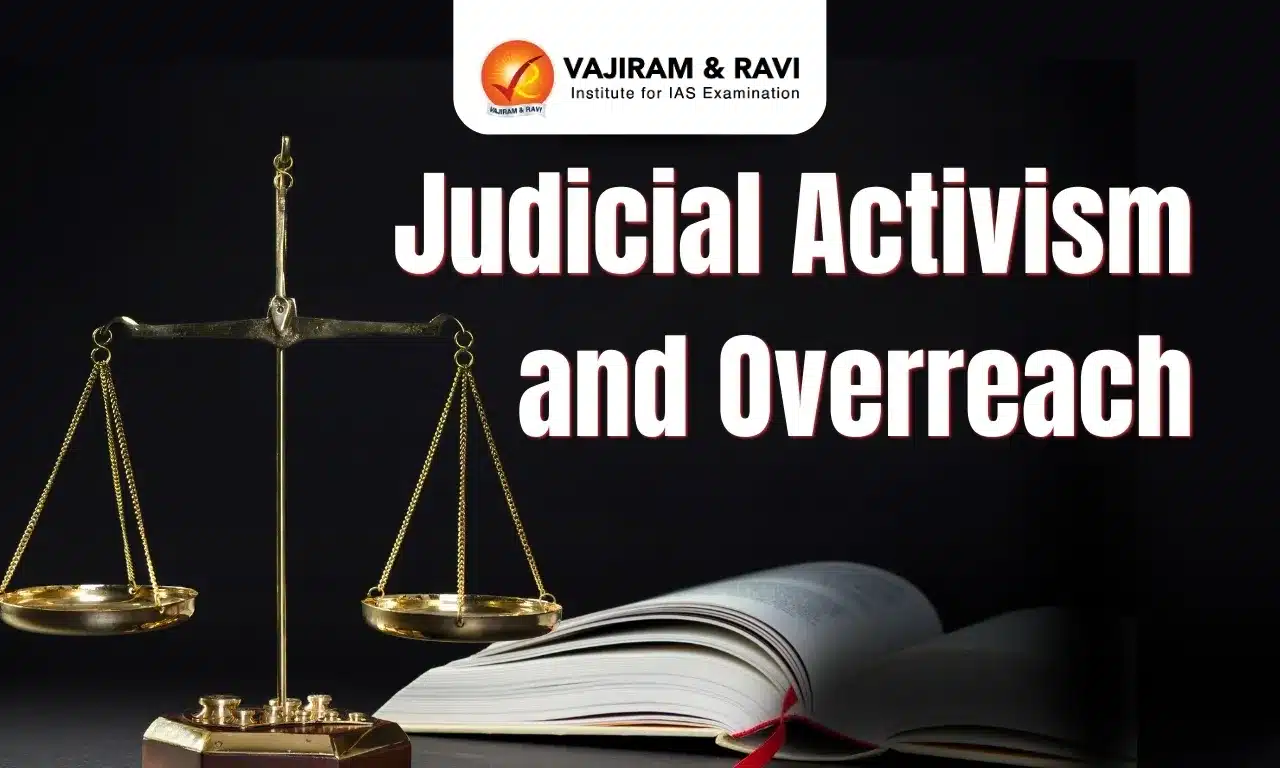Asteroids, often called "minor planets," are rocky remnants from the solar system's formation 4.6 billion years ago. Found primarily in the asteroid belt between Mars and Jupiter, these celestial bodies vary in size and composition, from carbon-rich C-types to metallic M-types and stony S-types.
Asteroids provide key insights into planetary formation and the solar system's evolution. Additionally, regions like the Kuiper Belt, beyond Neptune, host icy objects, including dwarf planets like Pluto, revealing the dynamic nature of our cosmic neighbourhood.
What is Asteroid?
Asteroids are rocky remnants left over from the solar system's formation around 4.6 billion years ago. They are often called "minor planets" and are distinct from comets and meteoroids.
Formation of Asteroids
Asteroids are rocky remnants from the early solar system, dating back approximately 4.6 billion years. They formed from leftover material in the protoplanetary disk, a cloud of gas and dust around the young sun. As planets formed, smaller particles collided and coalesced into larger bodies called planetesimals, some of which remained as fragments due to collisions.
Over time, these fragments evolved into the asteroids seen today. Their diverse compositions—silicate-rich, carbonaceous, and metallic—reflect their origins and the conditions of their formation. These ancient bodies provide insights into the processes that shaped the early solar system.
Characteristics of Asteroids
Asteroids are rocky bodies, ranging from massive ones like the Vesta asteroid to tiny ones under 33 feet, orbiting the Sun in elliptical paths, primarily in the asteroid belt. Their cratered surfaces often host companion moons, such as Dimorphos orbiting Didymos. The characteristics of asteroids are as follows:
- Shape and Size: Range from large bodies like Vesta (326 miles in diameter) to small ones less than 33 feet (10 meters) across. Range from large bodies like Vesta (326 miles in diameter) to small ones less than 33 feet (10 meters) across.
- Orbit and Rotation: Asteroids orbit the Sun in elliptical paths, often rotating erratically. Most are located in the main asteroid belt between Mars and Jupiter.
- Surface Features: Surfaces are pitted with impact craters from collisions. Many large asteroids have small companion moons, such as Didymos, orbited by its moonlet Dimorphos.
Classification of Asteroids
Asteroids are classified by composition (C-type, S-type, M-type) and structure, ranging from monolithic forms to differentiated and rubble-pile asteroids like Bennu. The classification of asteroids is as follows:
Asteroids By Composition
Asteroids are categorized by their composition into C-type (carbon-rich), S-type (stony), and M-type (metallic), with rare types like E-type and D-type showcasing diverse mineralogy. The classification of asteroids by composition is as follows:
- C-type (Chondrite): Composed of clay and silicate rocks, dark in appearance due to carbon content. These account for 75% of known asteroids.
- S-type (Stony): Contains silicate minerals and nickel-iron, brighter than C-types. Make up around 17% of known asteroids.
- M-type (Metallic): Rich in nickel and iron, formed from the cores of differentiated bodies.
- Rare categories: Asteroids are classified into various rare categories, including E-type, P-type, Q-type, A-type, D-type, and R-type.
Asteroids By Structure
Asteroids are also classified by structure, including monolithic (solid rocks), differentiated (layered with core, mantle, and crust), and rubble-pile asteroids held together by gravity. The classification of asteroids by structure is as follows:
- Monolithic Asteroids: Solid, single rock formations, representing the building blocks of planets.
- Differentiated Asteroids: Contain a metallic core, a mantle, and a crust, resembling small planets. Example: Vesta has a layered structure like an egg.
- Rubble Pile Asteroids: Loose aggregates of rocks and dust held together by gravity. Example: Bennu, which behaves like a space cushion due to its porous nature.
Asteroid Belt
An asteroid belt refers to a region in space where a majority of the asteroids within the solar system are located. These rocky bodies, often called asteroids or planetoids, are most commonly found between the orbits of Mars and Jupiter, within the main Asteroid Belt. This belt is situated over two and a half times farther from the Sun compared to Earth's distance.
Formation of Asteroid Belts
During the formation of the solar system, dust and rock circling the Sun were drawn together by gravitational forces, eventually forming planets. However, not all the material was incorporated into planets; some fragments remained as minor planetary bodies, which are now recognized as asteroids.
Main Asteroid Belt
The Main Asteroid Belt is a dense region in space located between the orbits of Mars and Jupiter, approximately 2.5 times farther from the Sun than Earth. It formed during the early stages of the solar system's creation when gravity drew dust and rock together to form planets, leaving behind residual materials that became minor planetary bodies or asteroids. This region is primarily composed of rocky objects, often referred to as planetoids or asteroids
Kuiper Belt
The Kuiper Belt is a vast outer asteroid belt situated beyond the orbit of Neptune, marking the solar system's "third zone." This region is thought to host millions of small, icy celestial objects. Notably, the Kuiper Belt is home to Pluto, classified as one of the dwarf planets residing within this expansive zone.
Asteroid UPSC PYQs
Q1. What is the difference between asteroids and comets? (UPSC Prelims 2011)
- Asteroids are small rocky planetoids, while comets are formed of frozen gasses held together by rocky and metallic material.
- Asteroids are found mostly between the orbits of Jupiter and Mars, while comets are found mostly between Venus and Mercury.
- Comets show a perceptible glowing tail, while asteroids do not.
Which of the statements given above is/are correct?
- 1 and 2 only
- 1 and 3 only
- 3 only
- 1, 2 and 3
Ans: b
Q2. Which of the following is/are cited by the scientists as evidence/evidence for the continued expansion of the universe? (UPSC Prelims 2012)
- Detection of microwaves in space
- Observation of redshift phenomenon in space
- Movement of asteroids in space
- Occurrence of supernova explosions in space
Ans: a
Last updated on November, 2025
→ Check out the latest UPSC Syllabus 2026 here.
→ Join Vajiram & Ravi’s Interview Guidance Programme for expert help to crack your final UPSC stage.
→ UPSC Mains Result 2025 is now out.
→ UPSC Notification 2026 is scheduled to be released on January 14, 2026.
→ UPSC Calendar 2026 is released on 15th May, 2025.
→ The UPSC Vacancy 2025 were released 1129, out of which 979 were for UPSC CSE and remaining 150 are for UPSC IFoS.
→ UPSC Prelims 2026 will be conducted on 24th May, 2026 & UPSC Mains 2026 will be conducted on 21st August 2026.
→ The UPSC Selection Process is of 3 stages-Prelims, Mains and Interview.
→ UPSC Result 2024 is released with latest UPSC Marksheet 2024. Check Now!
→ UPSC Prelims Result 2025 is out now for the CSE held on 25 May 2025.
→ UPSC Toppers List 2024 is released now. Shakti Dubey is UPSC AIR 1 2024 Topper.
→ UPSC Prelims Question Paper 2025 and Unofficial Prelims Answer Key 2025 are available now.
→ UPSC Mains Question Paper 2025 is out for Essay, GS 1, 2, 3 & GS 4.
→ UPSC Mains Indian Language Question Paper 2025 is now out.
→ UPSC Mains Optional Question Paper 2025 is now out.
→ Also check Best IAS Coaching in Delhi
Asteroid FAQs
Q1. What are the characteristics of the asteroid belt?+
Q2. What are the 4 characteristics of asteroids?+
Q3. What are the distinguishing characteristics of an asteroid?+
Q4. What are the different classifications of asteroids?+
Q5. Which characteristics of asteroids are used to classify them?+

















